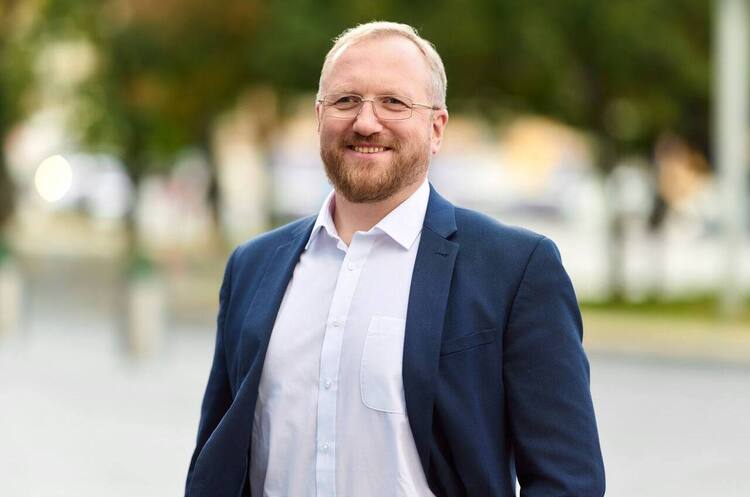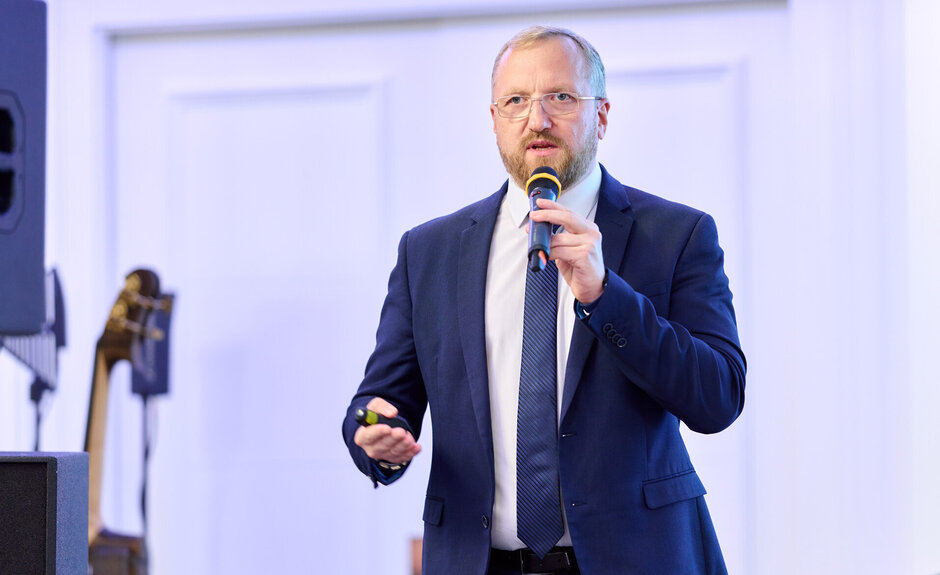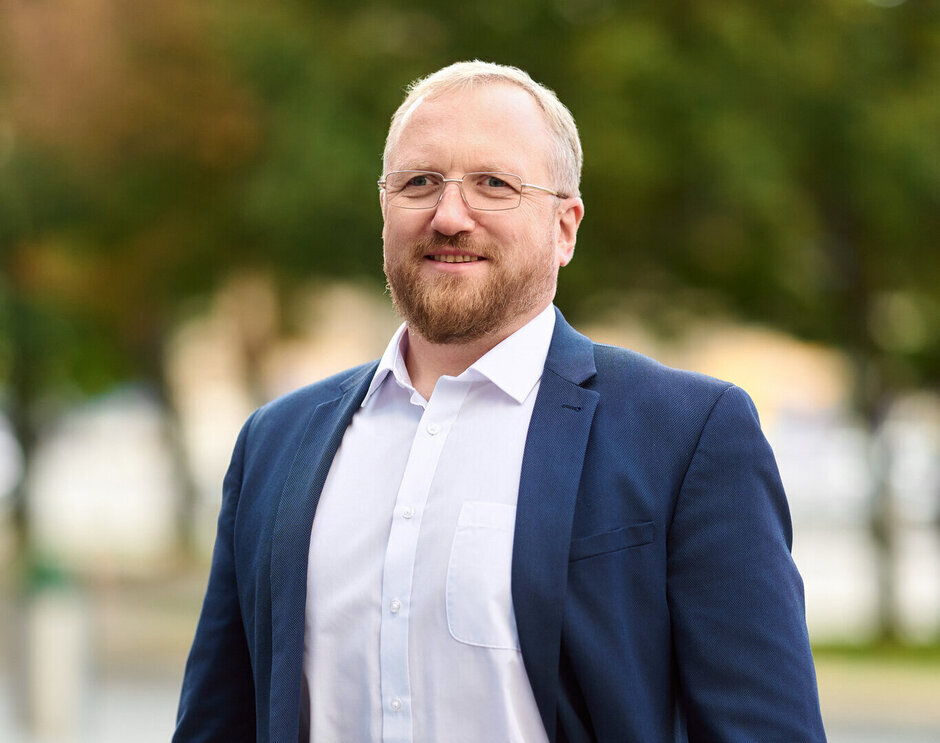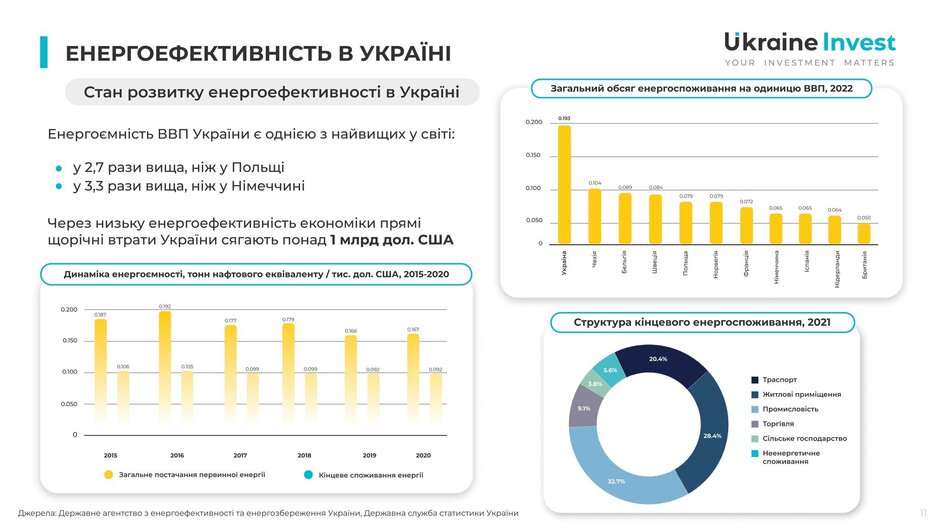CEO of Schneider Electric Ukraine: "Low energy efficiency in Ukraine costs the state over $1 billion annually."
Mykhailo Bubnov reflects on the state of the energy system, its prospects, and the challenges facing energy professionals.

Schneider Electric Ukraine is a subsidiary of the French multinational corporation founded in 1836, headquartered in Rueil-Malmaison. The company has been operating in Ukraine for nearly 30 years and has offices in Kyiv, Dnipro, Lviv, Odesa, and Mykolaiv.
Working in the B2B segment, management has a deep understanding of the state of electricity generation and supply in Ukraine, sees consumption patterns, and – as part of a multinational corporation – has the ability to compare them with global practices.
Energy Saving and Energy Efficiency
Today, energy security and energy independence have taken centre stage. These are priorities for small, medium, and large businesses. Therefore, we have seen interest in energy efficiency from both our B2B partners and end consumers. Ukrainians are interested in all available solutions: distributed generation, solar generation, wind and hydroelectric generation, and other solutions that can help when centralised energy supply becomes impossible.
Currently, there are two parallel trends in Ukraine. The first is energy saving, which is now more important than energy efficiency. Every kilowatt counts, so businesses are developing comprehensive energy-saving programmes. The second trend is the development of alternative energy supply: this includes diesel generators, turbines, and cogeneration equipment (which produces both electricity and heat).
We need to utilise all available state energy efficiency programmes – they help indeed.

Thus, the management of Ukrainian companies is trying to ensure their enterprises have electricity. To do this, they need to understand where electricity is used inefficiently and have additional alternative generating capacities. Schneider Electric has everything needed to meet these demands: smart green and microgrid systems that allow for the automation of the transition to alternative energy sources.
In fact, Ukrainian businesses still need to learn how to be energy efficient: the energy intensity of Ukraine's GDP is one of the highest in the world – 2.7 times higher than in Poland, which is in the same climatic zone as we are, and 3.3 times higher than in Germany. We are losing over $1 billion due to low energy efficiency in the economy.
Beyond common practices like turning off lights when leaving a room, energy efficiency also involves insulation of premises. According to the energy conservation law, energy does not disappear; it only changes form. Thus, heating is possible when there is light, and light can be provided, including by LED bulbs.
We need to utilise all available state energy efficiency programmes – they help indeed. On one hand, all this will allow us to survive the winter, and on the other, it will initiate changes in the energy intensity of GDP. We already know that we are less efficient than others. This needs to change.
Activities in Ukraine
The main focus of our work and the reorganization of the energy system in Ukraine is the restoration of generation. Right now, we are primarily working in the area of distributed generation.

To transform the energy system, we will need billions of dollars and euros.
This can take various forms: gas piston machines, cogeneration plants, electricity from renewable sources. To stabilise and balance the entire landscape of electricity production, as well as to quickly add or disconnect this distributed generation, we need to examine management solutions in different countries around the world and then implement them in Ukraine. That’s all.
Ultimately, we will have the opportunity to quickly add or remove certain capacities from the overall system without using excess resources – administrative or human. For this, there are software and technical solutions.
Systems based on Schneider Electric's equipment and solutions are already operating in Ukraine. Previously, the transition from centralised electricity production to distributed systems could take decades; now we are talking about months and years.
The Future
To transform the energy system, we will need billions of dollars and euros. This includes equipping regional energy companies with modern management and electricity distribution systems, monitoring consumption, and forecasting electricity needs. All levels of our government understand the necessity of these solutions.
Then we will be able to compete with our neighbors, which will impact all sectors of the economy. Because currently, the cost of electricity in Ukraine is lower than in Europe, but we spend 2-3-5 times more to create one unit of GDP, so energy efficiency and productivity are not being discussed right now.
Fortunately, there are still investors in Ukraine willing to invest in wind and solar power plants. We need to develop the energy storage sector – after all, renewable energy that is produced and not consumed immediately needs to be stored somewhere. For example, on a sunny day, a solar station will produce electricity in surplus. This needs to be stored for cloudy and cold days.
Ultimately, we will have the opportunity to quickly add or remove certain capacities from the overall system without using excess resources – administrative or human.

Training and Call to Action
Ukraine is moving towards the idea of sustainable energy combined with energy storage. If we understand that diesel generators are necessary for today's circumstances, then the future lies in new energy – renewable, distributed, and with reserves.
We are helping to familiarise the country with this vision. Since 2018, a corporate training and demonstration centre for energy management and automation specialists – Innovation Hub – has been operating in Kyiv. Its mission is to enhance the qualifications of employees from industrial enterprises, design organisations, and partner companies.
The centre conducts training programmes in 24 areas – from equipment management to the implementation of software for production and building management. About 20 courses are held annually, with participation from up to 150 individuals from around 40 organisations.
Any company or individual can undergo training. If interested, please contact the curator of the Innovation Hub, Pavel Zakhvatkin: [email protected], +380 504423358.
The material in the Point of View section reflects the author's personal opinion and may not align with the opinion of the Mind team. It does not pretend to be unbiased and comprehensive in its coverage of the subject in question. As a rule, the author is the one who initiates the writing.
The editorial team does not bear responsibility for the accuracy and interpretation of the information presented and serves solely as a medium. Materials in the Point of View section can be published both commercially and free of charge.
The main requirement is the social importance of the subject and the author's open public position.


